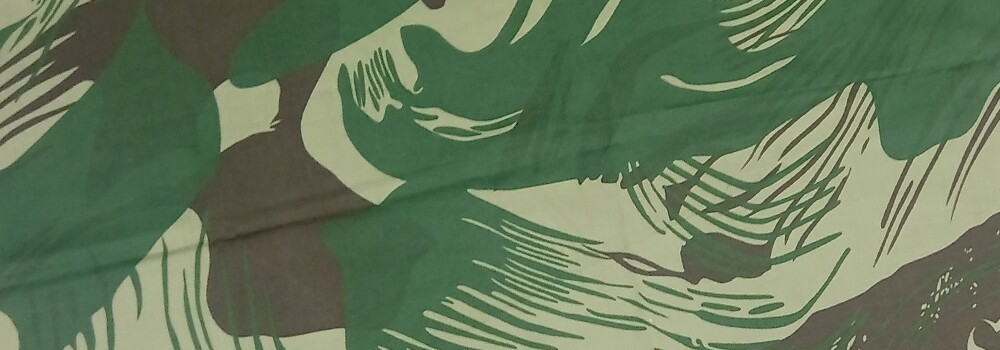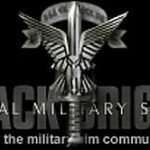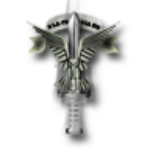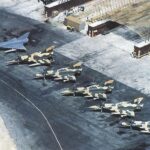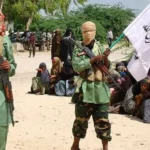-
XO BBHQ posted in the group Rhodesian Bush War
Trooper “Hutty” Hutton, 7 Troop, 2 Commando, #Rhodesian Light Infantry napping in the bush. Beside him is a rather rare Rhodesian FAL variant with a mounted SUIT or L2A2 x2 telescopic sight, circa. 1970s #RLI
Many of the combat engagements of the Rhodesian Bush War were extremely close quarters. This likely would have made the telescopic sight poor “Hutty” had to carry through the bush more of a hassle than a combat effective piece of kit. However, the Rhodesian Army did have it’s share of exceptionally proficient marksman, and sharpshooters, though only one was ever recognized as a “sniper”.
That man, was Sergeant Clive Mason, Selous Scouts. Mason was a veteran soldier by the time he arrived in Rhodesia, having fought in Borneo with the British Royal Marines, and Vietnam with the Australian Special Air Service. The Rhodesian Army requested that his expertise be put to good use, training an elite sniper cadre to fight in the Bush War. Not a single candidate in a class made up of Special Air Service and Selous Scout operators passed the rigorous course he set for them, and he remained the only “qualified” sniper in the Rhodesian Army. Mason was killed in action on a cross border raid as part of Operation Kodak in 1977, after having sniped 6 FRELIMO fighters with an old No. 4 Enfield, before he was shot in the head from fluke shot.
The Rhodesian Army continued to pursue a more attempts at mentoring snipers and designated marksmen, including John Coleman who also served with “Hutty” in 3 Commando. Coleman had served also served in Vietnam, where American snipers such as Carlos Hathcock and Chuck Mawhinney wrecked havoc on the enemy. Unfortunately, his modest efforts were abandoned due to a lack of resources.
A lack of reliably available ammunition for training, the untimely death of Clive Mason, and a seemingly lack of a real need for long range marksmen made snipers a rarity in Rhodesia. The few designated marksmen that had to lug aroun the extra few grams with their L2A2 sights, would have likely preferred iron sights in the bush.
